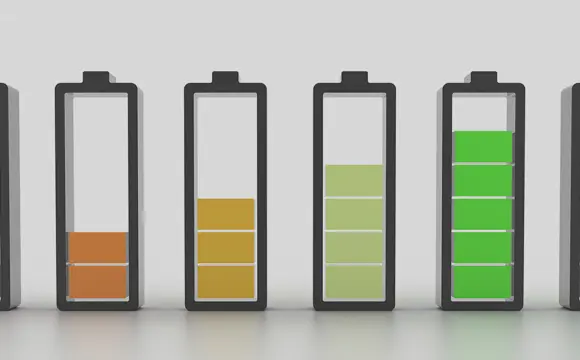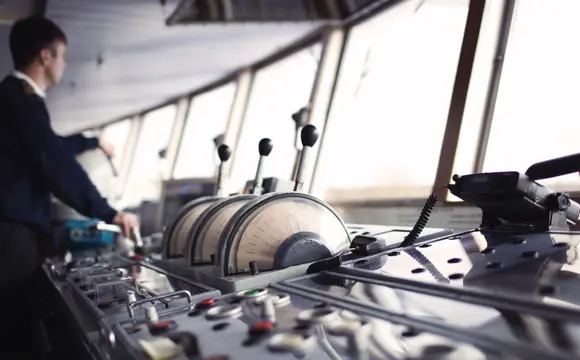Reduce emissions from your ship using waste heat recovery
One of the best ways to cut emissions is to make optimal use of energy that is already present instead of generating it from scratch. Waste heat recovery systems do exactly that, and the approach is increasingly being used by ship owners to comply with tightening emissions regulations.
The clock is ticking
When the IMO amended the MARPOL Annex VI convention in 2021, energy efficiency requirements for ships were tightened significantly: By 2030, carbon emissions per transport work must be reduced by at least 40% compared to the 2008 baseline; by 2050, the reduction must be 70%. All ships will be required to calculate their Energy Efficiency Existing Ship Index (EEXI) and establish their annual operational carbon intensity indicator (CII) and CII rating.
The amendments are expected to enter into force on 1 November 2022, with the requirements for EEXI and CII certification coming into effect from 1 January 2023. The first annual reporting will be completed in 2023, and the first rating given in 2024. In short, the clock is ticking: The required technical changes to onboard equipment take time, and ship owners need to take action soon to ensure compliance with the EEXI regulations.
Utilising existing energy
One way of taking action is to retrofit a waste heat recovery (WHR) solution on board, but how exactly does it work? In brief, WHR systems collect waste heat from exhaust gases, engine cooling water, and excess steam, converting heat energy to electrical energy in turbines or similar.
The resulting power can be used for lighting, hotel loads, or other systems on board. While it is not clean per se (because it is generated from engine heat that is usually a by-product of fossil-fuelled combustion processes), it does not consume any additional fuel. Instead, it utilises existing energy that would normally go to waste, giving you more power from the same fuel. As a result, you can lower engine or generator fuel consumption and reduce emissions; in addition, WHR helps you stay competitive in a time of soaring fuel prices.
WHR systems can be retrofitted on a wide range of vessels, and the high cost of fuel means that the cost of the retrofit can frequently be recovered quickly.
Integration in vessel systems
WHR systems provide several benefits, but the additional power source needs to be carefully integrated in your ship’s control and power management systems to ensure that it supports your objectives, requirements, and operating conditions. Your ship’s power management system (PMS) balances electrical power supply and demand on board, controlling how many engines, auxiliaries, and gensets are running, and in what combinations. If your vessel is fitted with a WHR system, this will need to be integrated in the PMS.
For example, you need to decide how much power should be produced by the WHR system, and how much should be produced by generators. If you need genset power for certain manoeuvres or operations because of safety considerations, you need to set up the PMS so it’s easy for your crews to switch from one operating mode to another. And if you are using several methods of reducing fuel consumption and emissions, you need to find the best balance between them. For example, if you are reducing engine speed to save fuel (slow steaming), the engine will typically generate less waste heat, reducing the efficiency of WHR systems.
One of several solutions
WHR has been cited as a viable method of satisfying the EEXI regulations, but there are several other ways of making optimal use of existing sources of energy, reducing emissions from your vessel:
- Energy management systems can monitor and analyse vessel operations, correlating fuel consumptions with factors such as weather conditions and crew actions and providing suggestions for more energy-efficient and climate-friendly operations for the crew.
- PMSes can be configured to maximise engine and genset efficiency by running them at their optimal duty point and combining them effectively so you do not run more engines than you need.
Which way of reducing emissions suits your operation best? Contact us if you need to discuss your options for integrating a WHR solution in your existing PMS, if you need to find other ways of complying with emissions regulations, or if you need a new PMS that can help you reduce emissions, lower fuel consumption, and cut operating costs.
-

Contact us to discuss your options
- 90 years of energy pioneering
- Manufactured at the highest standards
- Superior quality
- Unmatched service and support
- Made in Denmark





